How to Travel Light While Embracing Minimalism
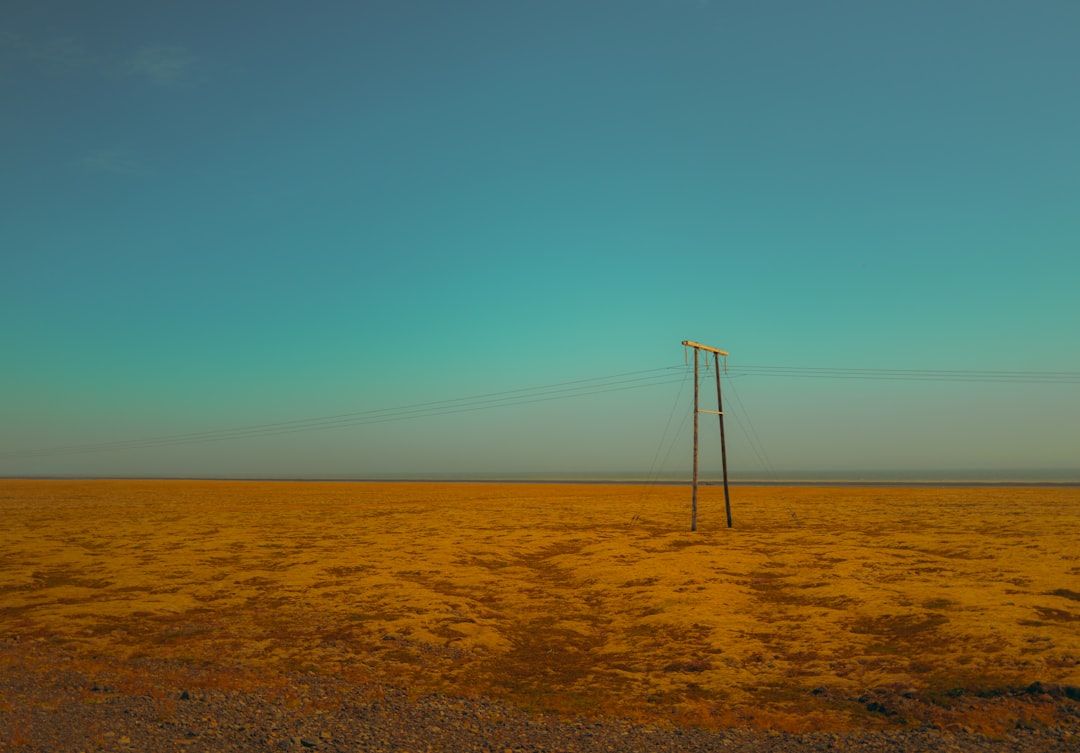
Introduction
Traveling light is more than a packing hack; it is a philosophy that reshapes the way a digital nomad experiences the world. By embracing minimalism, you reduce the friction that bulky luggage creates, free up mental space for creativity, and lower your environmental footprint. This guide walks you through the mindset, tools, and practical steps needed to travel with purpose while keeping only what truly matters.
Why Minimalism Matters for Nomads
- Freedom of Movement – A lightweight bag can be lifted onto a train, slipped onto a bike rack, or stored in a cramped hostel locker without a struggle. The less you carry, the more spontaneous your itinerary can become.
- Mental Clarity – When your belongings are curated down to essentials, you spend less time worrying about what you left behind or what you need to repack. This mental declutter translates into sharper focus for work and exploration.
- Sustainability – Fewer items mean fewer resources consumed in production, shipping, and disposal. Minimalist travel aligns with the growing demand for responsible tourism and helps you leave a lighter footprint on the planet.
- Cost Efficiency – Smaller luggage often avoids extra airline fees, reduces the need for laundry services, and encourages you to rely on local resources rather than purchasing new gear at each destination.
Core Principles of Minimalist Packing
- Purpose Over Possession – Every item should serve a clear function, either for work, health, or enjoyment. If you cannot articulate its purpose, it likely does not belong.
- Multipurpose Design – Look for gear that can perform several roles. A lightweight jacket that doubles as a raincoat, or a laptop sleeve that also protects a tablet, reduces redundancy.
- Quality Over Quantity – Investing in durable, repairable items means you replace less often and maintain a consistent set of tools that you trust.
- Digital Over Physical – Whenever possible, shift books, documents, and entertainment to digital formats. Cloud storage and e‑readers replace bulky paper.
- Adaptability – Choose items that work across climates and cultures. Neutral colors and versatile fabrics allow you to blend in wherever you go.
Step‑by‑Step Packing Process
1. Define Your Travel Parameters
Start by answering three simple questions:
- How many weeks will you be on the road?
- What climates will you encounter?
- What work requirements do you have (e.g., laptop, external monitor, specific peripherals)?
Write down the answers. They become the boundary conditions for every packing decision.
2. Conduct a Wardrobe Audit
Take every piece of clothing out of your closet and place it on a clean surface. Create three piles:
- Keep – Items you love, that fit well, and are made of quick‑dry or wrinkle‑resistant fabrics.
- Donate – Clothes in good condition that do not fit your minimalist criteria.
- Discard – Worn out or damaged pieces.
From the “keep” pile, select only those that can be layered. Aim for a capsule wardrobe of 10‑12 items for a month-long trip. Remember, laundry facilities are typically available in co‑working spaces, hostels, or local laundromats, so you can recycle pieces rather than carry multiples.
3. Choose a Core Bag System
A well‑designed bag system consists of three components:
- Backpack or Duffel (Main Carrier) – 30‑45 L for most digital nomads. Look for water‑resistant material, a padded laptop compartment, and internal compression straps.
- Daypack (Secondary Carrier) – 15‑20 L for daily excursions, hikes, or coffee shop work sessions. Choose a lightweight option with a breathable back panel.
- Packing Cubes or Stuff Sacks – These help compartmentalize clothing, electronics, and toiletries, making it easier to locate items without unpacking everything.
Fit each component into the main bag while it is empty. If the system feels cramped before you add any items, consider a smaller main carrier.
4. Assemble a Minimalist Tech Kit
| Item | Why It Belongs |
|---|---|
| Laptop (13‑inch) | Core work device, portable enough for tight spaces |
| USB‑C Hub | Consolidates ports for peripherals |
| Compact Bluetooth Keyboard | Adds ergonomics for longer typing sessions |
| Noise‑Cancelling Earbuds | Blocks distractions in noisy cafés or co‑working spaces |
| Portable SSD (250 GB) | Fast backup and extra storage without bulk |
| Universal Travel Adapter | Works in any region, eliminates multiple chargers |
| Power Bank (10 000 mAh) | Keeps devices alive on the go |
| Smartphone | All‑in‑one camera, navigation, and communication tool |
Avoid adding a tablet, external monitor, or large printer unless your work absolutely requires them. Each extra piece adds weight and potential points of failure.
5. Curate Personal Care Essentials
Personal hygiene items can be dramatically reduced by focusing on multi‑use products:
- Solid Shampoo Bar – No liquid, less chance of spills.
- Travel‑Size Toothpaste & Brush – Refillable tube or silicone brush holder.
- Deodorant Stick – Long‑lasting and compact.
- Microfiber Towel – Light, quick‑dry, and can double as a blanket on a train.
- Basic First‑Aid Kit – Include adhesive bandages, antiseptic wipes, and a few pain relievers.
Store everything in a zip‑lock bag to keep moisture out and simplify cleaning.
6. Test Your Load
Before you leave, pack everything exactly as you would for the trip. Wear the main bag for 30‑45 minutes around your home or a local park. Notice any pressure points, balance issues, or items you instinctively reach for. If something feels uncomfortable, reassess its necessity or consider a better‑fitting bag.
7. Refine and Iterate
After the first week of travel, evaluate each category:
- Did you wear any clothing items more than twice?
- Were any tech gadgets idle the whole time?
- Did you use a particular toiletry more than once per day?
Make notes and adjust your packing list for the next leg of the journey. Minimalism is an ongoing experiment, not a one‑time checklist.
Building a Capsule Wardrobe for the Road
A capsule wardrobe is the cornerstone of light travel. Below is a flexible framework that can be adapted to season and culture.
Base Layers
- 2‑3 Merino Wool T‑Shirts – Odor‑resistant, can be worn multiple days without washing.
- 1 Long‑Sleeve Performance Shirt – Provides sun protection and warmth.
Mid Layers
- 1 Lightweight Fleece or Softshell Jacket – Adds insulation in cooler evenings.
- 1 Packable Down Vest – Compresses into a small pouch, perfect for unpredictable weather.
Bottoms
- 2 Pairs of Travel Pants – One convertible (zip‑off to shorts) and one versatile stretch denim or twill.
- 1 Pair of Quick‑Dry Shorts – Ideal for beach days or hikes.
Outer Layer
- 1 Waterproof Rain Jacket – Breathable fabric keeps you dry without overheating.
Footwear
- 1 Pair of Minimalist Sneakers – Supports walking, can double as casual wear.
- 1 Pair of Sandals or Slip‑On Shoes – Easy to clean and great for hot climates.
Accessories
- 1 Compact Hat or Cap – Shields from sun and can be folded into a pocket.
- 1 Lightweight Scarf – Adds warmth, style, and can double as a blanket.
- 1 Pair of Socks (3‑4 pairs) – Merino wool for comfort and odor control.
- 1 Underwear Set (5‑7 pairs) – Quick‑dry material for easy washing.
All items should be in neutral colors (black, navy, gray, earth tones) to mix and match effortlessly. When you need a new piece, buy locally and donate an existing one to keep the total count steady.
Sustainable Choices for Minimalist Travelers
Travel light aligns naturally with sustainability, but intentional actions amplify the impact.
- Buy Secondhand – Thrift stores, online marketplaces, and community swap events offer high‑quality gear at lower environmental cost.
- Choose Recyclable Materials – Look for bags made from recycled polyester or nylon, and clothing from organic cotton or Tencel.
- Repair Over Replace – Carry a small sewing kit, fabric patches, and a multi‑tool. Fixing a torn seam or broken zipper extends the life of your gear.
- Digital Receipts and Documentation – Store travel documents, insurance policies, and receipts in the cloud to avoid paper waste.
- Support Local Economies – When you need new gear, purchase from local artisans. This reduces shipping emissions and supports community livelihoods.
Managing Belongings on the Road
The One‑In, One‑Out Rule
Whenever you acquire a new item, remove an existing one of similar function. This habit prevents accumulation and forces you to evaluate true necessity.
Weekly Laundry Routine
- Plan a Laundry Day – Schedule a weekly wash at a laundromat, hostel, or Airbnb. Use travel‑size detergent that is biodegradable.
- Air‑Dry Strategically – Hang clothing in well‑ventilated areas to avoid mildew and reduce reliance on electric dryers.
- Rotate Items – Rotate through your capsule wardrobe to ensure each piece gets aired out and refreshed.
Storage Strategies in Shared Spaces
- Use Packing Cubes – Clearly label each cube (e.g., “Work Gear,” “Clothes”) for quick access.
- Vertical Packing – Stack items vertically in drawers or shelves to maximize space and visibility.
- Lockable Bag – Keep valuables and sensitive electronics in a lockable compartment to deter theft in hostels or co‑working spaces.
Digital Declutter for Nomads
A digital overload can be as burdensome as physical clutter. Follow these steps to streamline your virtual life:
- Consolidate Cloud Services – Choose a single cloud storage provider for documents, photos, and backups. Delete duplicate accounts.
- Limit Apps – Install only essential apps for work, navigation, communication, and entertainment. Remove games or rarely used utilities.
- Automate Backups – Set up automatic syncing of your laptop to the cloud at the end of each workday.
- Organize Files – Adopt a simple folder hierarchy: Projects → Year → Month. Use descriptive filenames to avoid searching.
- Unsubscribe and Filter – Reduce email noise by unsubscribing from newsletters you never read and creating filters for priority messages.
A tidy digital environment reduces stress, saves device storage, and improves battery life—critical factors for anyone traveling on limited power sources.
Mindset Shifts for Embracing Minimalism
- Value Experiences Over Objects – Recognize that memories, skills, and relationships outweigh material possessions.
- Accept Imperfection – Minimalist travel does not require flawless execution. Embrace occasional oversights as learning opportunities.
- Practice Gratitude – Regularly reflect on what you have rather than what you lack. Gratitude reinforces the satisfaction of a light load.
- Stay Curious – Use the freedom that minimalism provides to explore new cultures, cuisines, and work styles. The lighter your bag, the more room there is for curiosity.
Community Resources and Support
Connecting with like‑minded travelers accelerates the learning curve.
- Online Forums – Subreddits such as r/digitalnomad and r/Minimalism host discussions on gear reviews, destination tips, and minimalist challenges.
- Local Meet‑Ups – Use platforms like Meetup or Facebook Groups to find co‑working sessions, gear swaps, or language exchange events.
- Nomad Co‑Living Spaces – Many co‑living projects operate on a shared‑resource model, providing communal kitchens, laundry, and storage, reducing individual packing needs.
- Minimalist Challenges – Participate in 30‑day “capsule wardrobe” or “no‑new‑gear” challenges to reinforce habits.
Frequently Asked Questions
Do I need a separate laptop bag if my backpack already has a laptop compartment?
Most modern backpacks include padded sleeves that protect a 13‑inch laptop. A dedicated laptop bag is unnecessary unless you require extra security or a specific aesthetic.
How can I handle unexpected weather changes without adding bulk?
Invest in a high‑quality packable rain jacket that compresses into a small stuff sack. Layering with a Merino base and a lightweight fleece lets you adapt to temperature swings without extra outerwear.
What if I need to work with a large monitor for design projects?
Consider a portable USB‑C monitor that folds flat and weighs less than a kilogram. It can be stored in a separate compartment and only deployed when needed, keeping the overall load manageable.
Is it safe to travel with a minimalist amount of cash?
Carry a small amount of local currency for immediate expenses, but rely on digital banking apps and debit cards for larger transactions. Keep a backup card in a separate pocket for emergencies.
How do I manage toiletries in countries with strict liquid restrictions?
Use solid alternatives like shampoo bars and toothpaste tablets. For liquid items, bring travel‑size containers (under 100 ml) that fit airline regulations.
Closing Thoughts
Traveling light while embracing minimalism is a dynamic practice that blends thoughtful design, disciplined habits, and a willingness to let go of excess. By applying the principles outlined above—defining purpose, curating a capsule wardrobe, building a streamlined tech kit, and fostering a sustainable mindset—you empower yourself to move freely, work efficiently, and connect deeply with the places you visit. The journey becomes less about what you carry and more about the experiences you create, the relationships you nurture, and the positive impact you leave behind. Safe travels, and enjoy the freedom that comes with a lighter load.
Random Posts
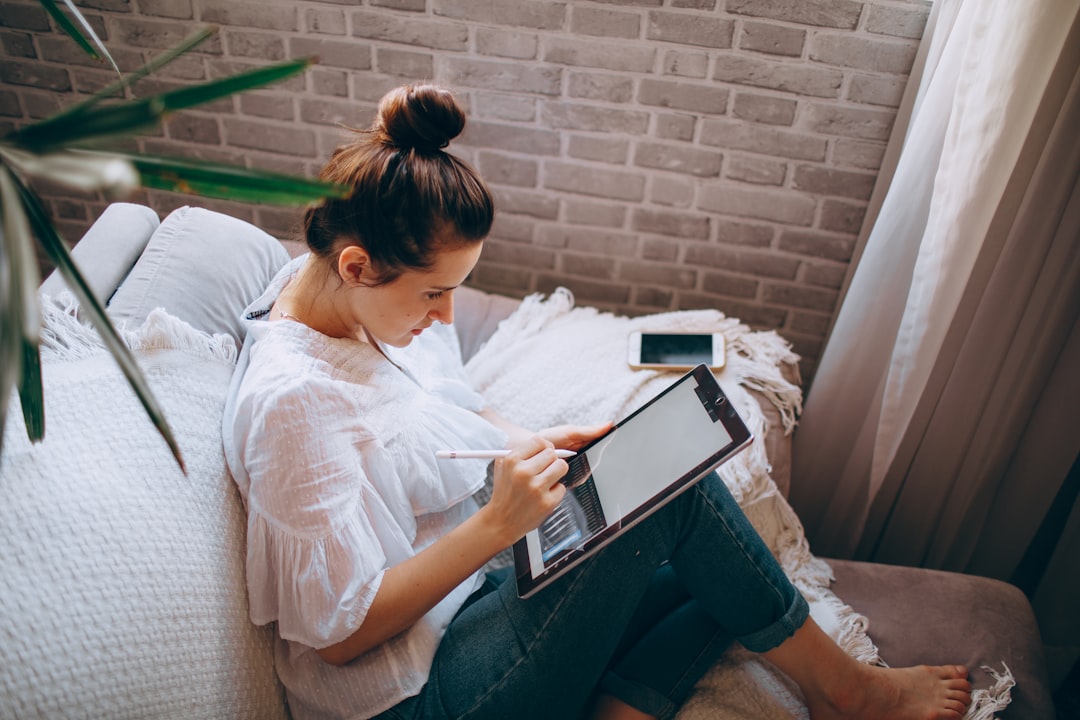
Boost Remote Productivity with Essential Task Management Tools
Discover the top task management tools that keep remote teams focused, organized, and on schedule, turning chaos into clear progress and measurable results.
1 month ago
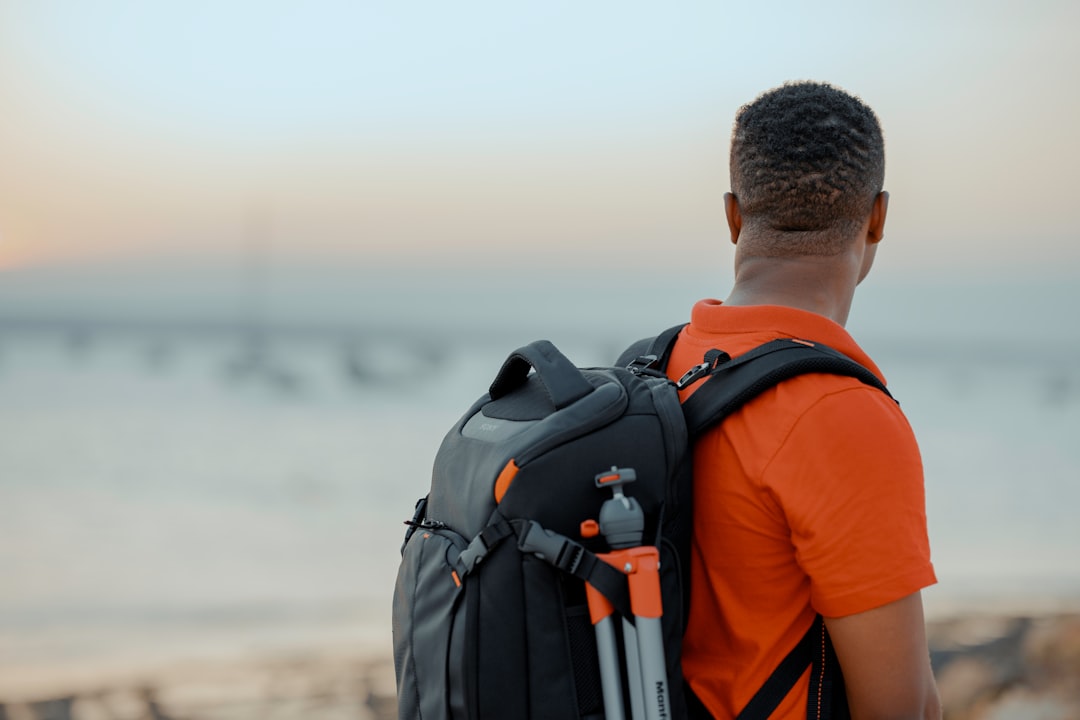
Global Food Hacks for Healthy Nomadic Living
Discover simple food hacks for digital nomads: source smart, prep fast, eat mindfully. Boost energy, enjoy local flavors, and stay healthy on the move with practical tips you can use anywhere
2 months ago
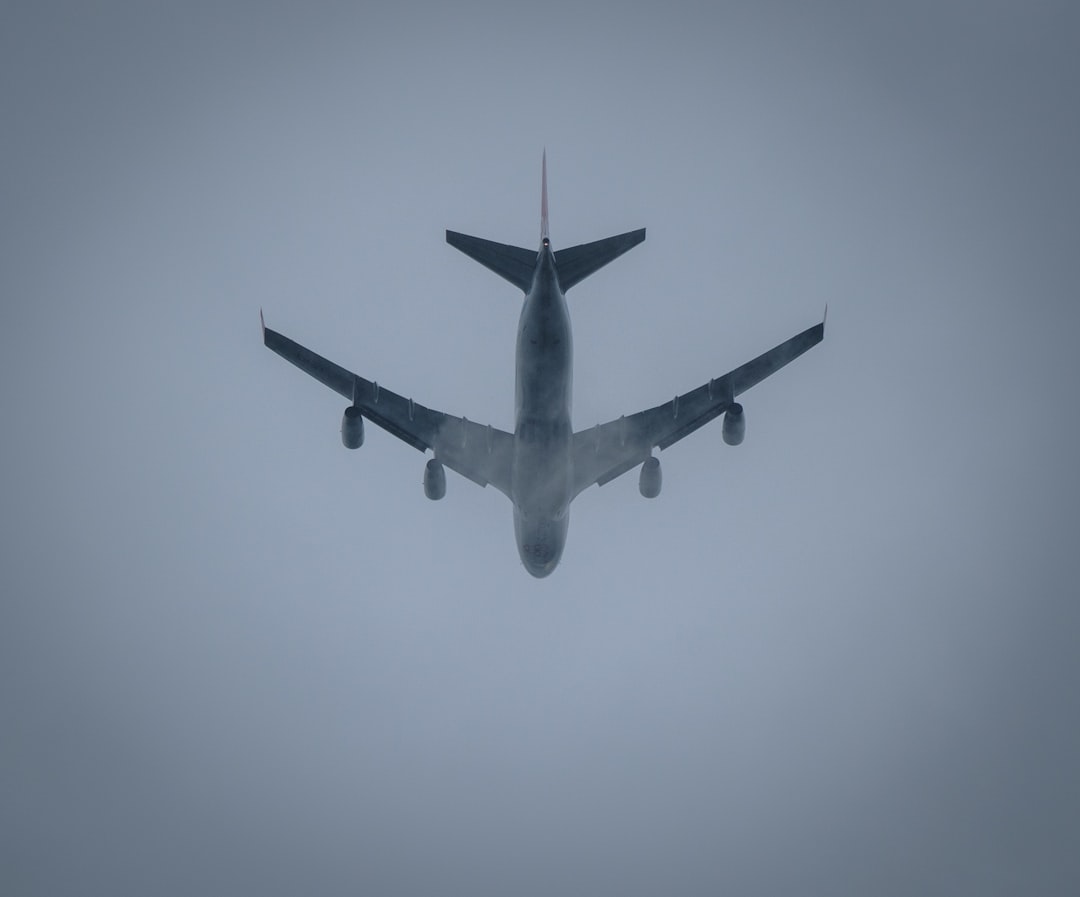
Portugal Cost of Living Guide for Digital Nomads
Discover how Portugal lets digital nomads enjoy sunshine, fast internet and a vibrant community while keeping monthly expenses low with practical budgeting tips.
2 months ago
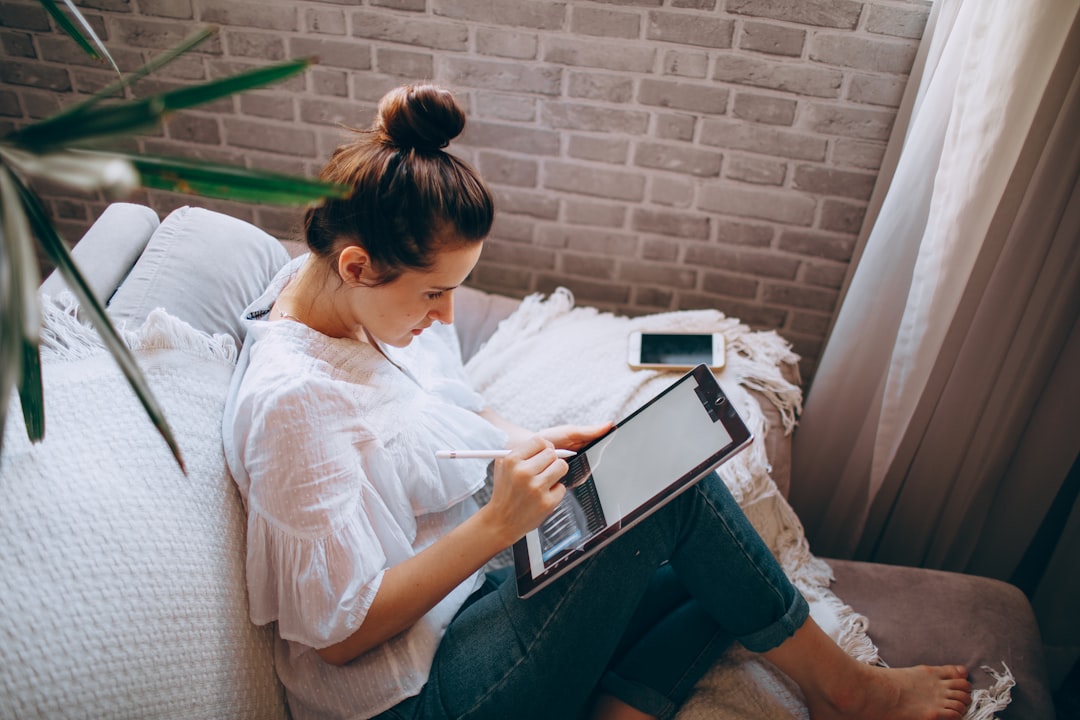
The Ultimate Nomad Toolkit Apps Books Podcasts and Tools
Discover the essential toolkit for digital nomads: top apps for finding lodging, offline maps, staying connected, managing money, health and community, turning your phone into a smooth command centre
2 weeks ago
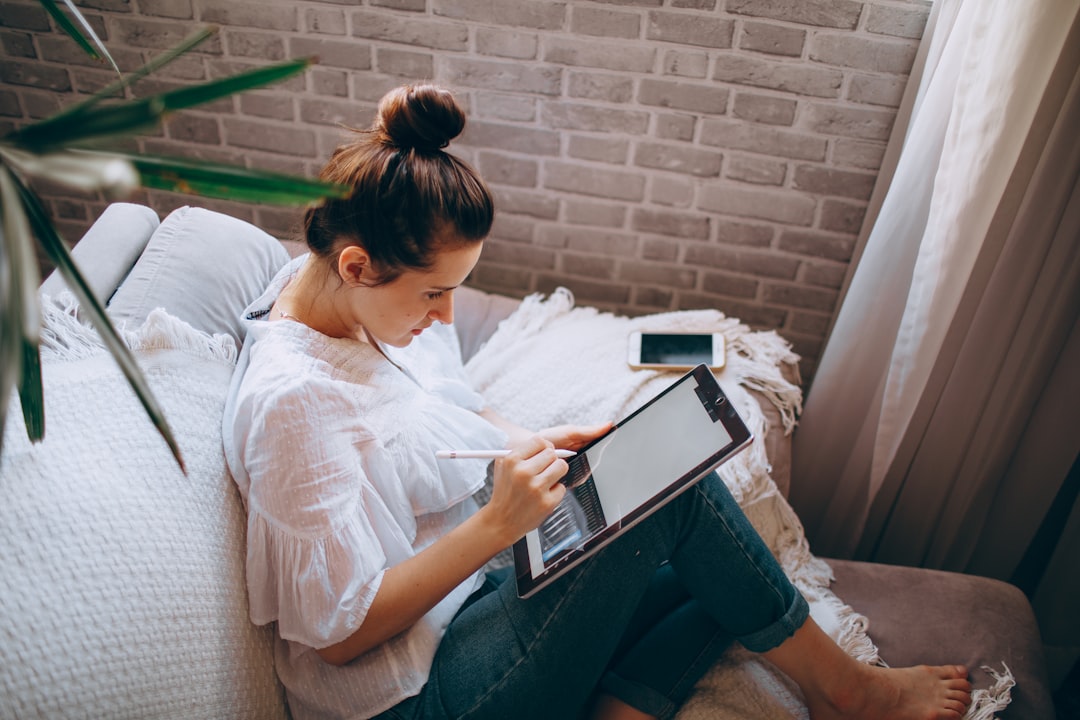
Boost Your Remote Productivity with Top Freelance Platforms and Nomad Career Strategies
Learn how to pick the right freelance platforms, craft a winning profile, and structure your day for peak focus while staying healthy on the road to supercharge your remote productivity.
2 months ago
Latest Posts

Essential Software Every Remote Professional Should Use
Master remote work with essential tools: instant messaging like Slack, high definition video calls such as Zoom, and asynchronous voice apps. Streamline communication, stay connected and boost productivity.
1 day ago

Mastering Remote Work Productivity for Digital Nomads and Freelancers
Learn proven habits, tools, and tactics that help digital nomads and freelancers stay focused, deliver quality work, and maintain a sustainable lifestyle while traveling the world.
1 day ago

Tech‑Friendly European Towns Perfect for Remote Living
Discover Europe’s best small towns where fast internet, affordable living and vibrant tech communities let you work remotely while soaking up historic charm, lakeside views or mountain air.
1 day ago